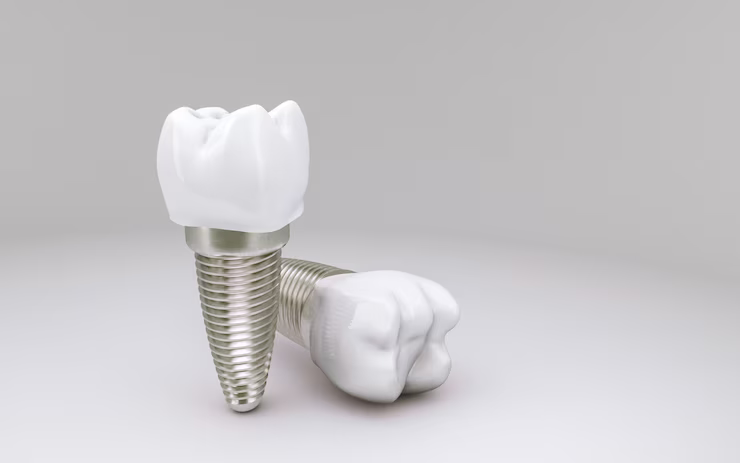Adderall is prescribed so frequently in the United States that many Americans are unaware that it can be highly addictive and have lasting effects on the mind and body. Adderall prescriptions are increasing as ADHD diagnoses rise, which increases the chances of abuse. Statistics show that Adderall is one of America’s most commonly abused drugs. You or someone else you know who uses Adderall must understand the long-term side effects of Adderall and how to reduce their addiction.
What is Adderall?
Adderall, a prescription drug containing a combination of amphetamine-dextroamphetamine, is available by prescription only. It is a central nervous system stimulant. This means that it affects both the brain and the nervous system. Most commonly, it is prescribed to treat attention deficit hyperactivity (ADHD). Doctors may also prescribe it to treat narcolepsy or depression. Adderall was America’s 24th most commonly prescribed drug, with over 25 million prescriptions written. Adderall comes in immediate release (IR) and extended release (XR). Adderall XR is the 12-hour form of extended release. Mydayis is a 16-hour extended-release version. In the United States, the primary and XR forms of Adderall can be purchased as generics. Mydayis is only available as a brand-name drug in the United States. Adderall was designed to treat attention disorders, but many people take it for other purposes. Some people use it as a way to improve their athletic performance. Some people use it for cognitive enhancement, to suppress their appetite, fight fatigue, lose weight, and improve memory. Adderall can also be used to produce a euphoric effect in some users. Adderall is known as the “study drug” because it helps many students with their studies. It can improve focus, concentration, organization, and productivity. It also helps users stay awake as it is a stimulant. In a national survey, between 25 and 50 percent of college students reported using a non-medical stimulant the year before 1.
What is the effect of Adderall on the body?
Adderall’s ingredients react with the systems and chemicals of the body and brain. Amphetamines and dextroamphetamine stimulate the central nervous system. The drugs also cause the brain to produce more dopamine and norepinephrine as they increase the activity in these neurotransmitters. Adderall is beneficial for people with ADHD who have dopamine or norepinephrine system impairments. Adderall is a medication that can be used to manage hyperactivity, inattention, and impulsivity. According to studies, stimulants alter the brain structure of ADHD patients 2. Adderall affects the cardiovascular and respiratory systems like most stimulants. Adderall can increase your blood pressure and make your heart beat faster. Blood vessels can constrict, causing numbness in the extremities. You may also breathe faster and more deeply than normal. Adderall can have various cognitive effects because it reacts with brain chemicals. They include increased alertness, a sense of wakefulness, and increased concentration. Adderall is said to improve some people’s memory, focus, and reaction times. Stimulants also increase endurance, reaction time, and muscle strength.
Adderall: Side effects in the short-term
Every drug comes with a risk of side effects. Most people who take Adderall therapeutically as prescribed by their doctors experience minimal side effects. Recreational Adderall users, and those taking higher doses of Adderall, are more likely to experience side effects. Adderall has been reported to cause the following side effects:
- Dry Mouth
- Restlessness
- Insomnia
- Appetite loss
- Nausea
- Constipation
- Diarrhea
- Blurred Vision
- Sweating
- Tics
- Anxiety
- Changes in libido
- Irritability
- Shortness of Breath
- Numbness of the extremities
- Heart palpitations
Adderall is addictive.
Adderall users who take it recreationally run a high risk of becoming addicted to amphetamines. Adderall can overstimulate your dopamine pathways when taken in high doses. Dopamine, a chemical associated with a “feel-good” feeling, activates the brain’s reward center. Adderall alters the function of the dopamine-neurotransmitter, and after prolonged Adderall usage, you may no longer be able to feel pleasure. The body develops a tolerance to amphetamines like Adderall. You may have to take more Adderall to get the same effect over time. Adderall at high doses can cause your body to produce a lot of DFosB. This protein is known as the “master switch” for addiction. It can intensify your addiction behaviors, like seeking more drugs, once it’s activated. Adderall may be addictive for people taking therapeutic doses to treat attention disorders. This is because therapeutic doses do not cause dopamine to go into overdrive. Adderall is taken by many people with ADHD for the rest of their lives without any signs of addiction. A recent study found that Adderall has a long-term effect of reducing the risk of alcoholism or substance use disorders.
Adderall Effects on Long-Term
Adderall uses at high doses, especially in a long-term and frequent manner, can lead to many health issues. Some of these problems can be fatal. Here are some potential long-term side effects of Adderall:
- Insomnia
- Weight loss and malnutrition
- Seizures
- Cardiovascular disease
- Difficulty in breathing
- Swings in mood
- The following are some of the ways to reduce your risk:
- Aggression
- Headaches
- Panic attacks
- Toxic psychosis
What is toxic psychosis?
Toxic psychosis occurs when someone has a psychotic experience triggered by substance abuse. Substance users may lose their sense of reality and be unable to communicate. Hallucinations, delusions, and paranoia can all be part of a psychotic break. Adderall and other stimulants are known to trigger toxic psychosis.
Adderall Withdrawal Syndrome
Most recreational Adderall users will experience withdrawal symptoms 24 hours after their last dose. These symptoms can last for weeks and are very unpleasant to deal with. Adderall withdrawal symptoms can include:
- Adderall cravings
- Anxiety
- The following are some of the ways to reduce your risk:
- Sleep patterns change
- Increased appetite
- Fatigue
- Lack of Motivation
- Lucid Dreams
Adderall Addiction Treatment
It can be hard to beat Adderall’s addiction, but with the right support, it is possible. Windward Way Recovery, a drug and alcohol addiction treatment center, can help you manage your addiction to Adderall to live a meaningful and healthy life. A good addiction recovery program will have various components supporting your sobriety.
Detox
The first step to breaking Adderall addiction is detoxifying your body. It involves stopping the use of the drug to ensure that it is no longer in your body. Detox programs are usually conducted in medically supervised settings where professionals provide support and clinical care. While detoxing, you will likely experience withdrawal symptoms. You may be prescribed medication by the medical staff to relieve those symptoms.
Medication
No medications are effective in treating amphetamine dependence. Medical professionals may prescribe medication to alleviate withdrawal symptoms. They may prescribe antidepressants to treat depression or sedatives for anxiety and panic attacks.
You can also Rehab
It is crucial for anyone who wants to recover from addiction that they undergo rehabilitation. Rehabilitation helps them deal with the issues at the root of their addiction. You can also learn skills and strategies for managing the addiction and dealing with external stressors. There are several types of rehab programs. An addiction recovery center can create a program to suit your needs and lifestyle. Inpatient programs are where you live in a residential facility for a certain period and receive 24-hour care. Outpatient Rehab is a program where you stay outside the center but participate in activities encouraging and supporting sobriety, such as 12-step programs or therapy sessions. A partial hospitalization program is also available, which offers both outpatient and residential care.
Aftercare
It is a common misconception that addiction recovery stops once the rehab program ends. This is not true. Implementing a clear aftercare program to reduce harm and prevent relapses is vital. According to studies, 40-60% of addicts will relapse within the first month following treatment. Aftercare can help reduce the chance of relapsing. Programs should be tailored for each individual based on their problems, needs, and lifestyle. Aftercare programs can be developed by addiction recovery centers that include ongoing therapy and participation in 12-step or support groups. Exercise is important. Studies have shown that exercising can treat drug abuse 3. Adderall users who take it recreationally are at high risk for developing an addiction and dependency on the drug. Adderall addiction has serious long-term and short-term effects, some of which can be fatal. It is vital to act immediately if you or someone you know is addicted or experiencing negative health effects due to Adderall use. Find out from professionals at an addiction treatment center, such as Windward Way Recovery, how to break your Adderall dependency for good.















